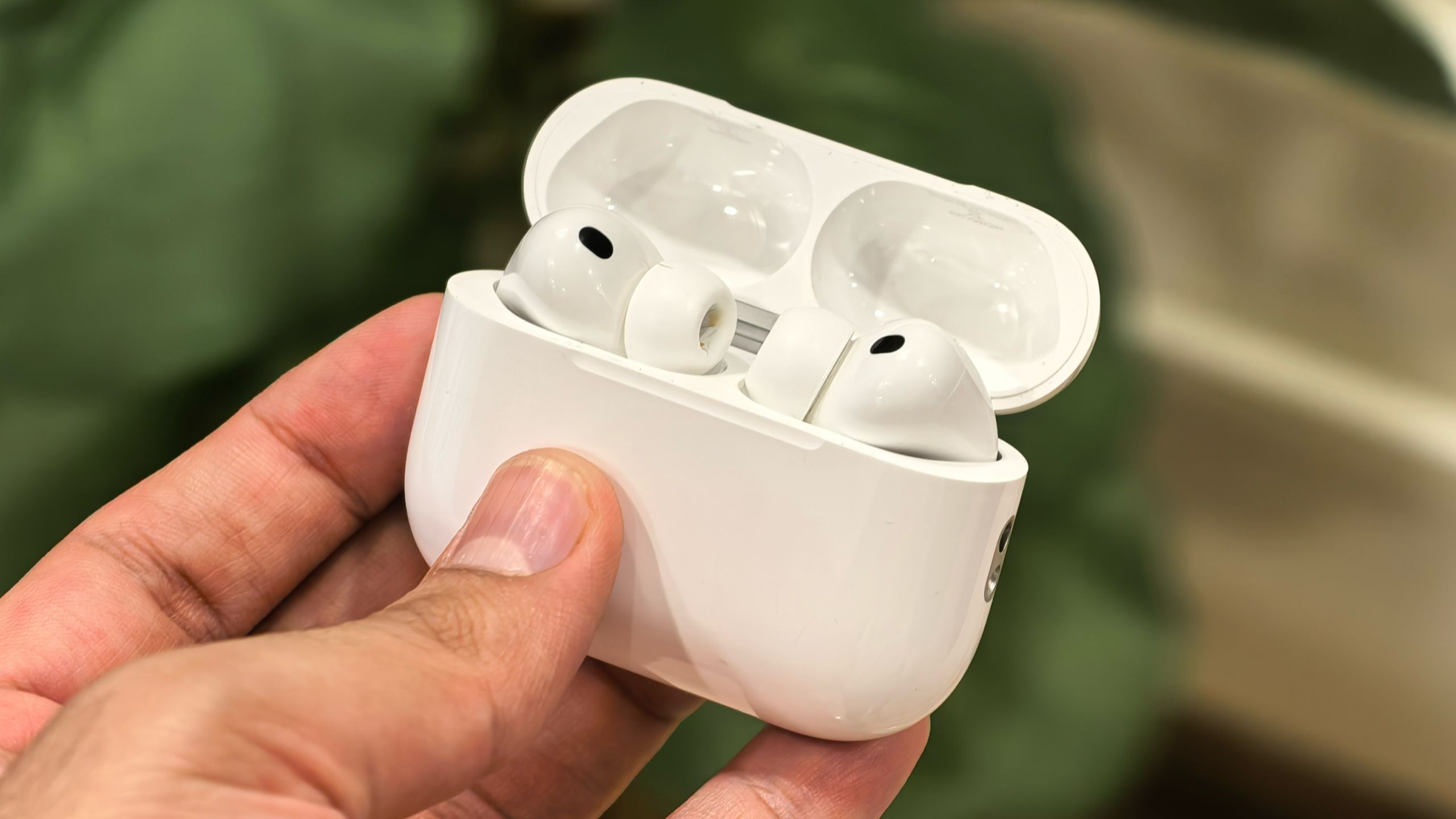Apple’s upcoming iPhone 17 Air is not just trying to be the thinnest iPhone ever but it is also silently gunning for the ‘Pro’ models’ performance crown. On paper, the device is shaping up to be a sleek underdog of 2025, carrying the same A19 Pro chip that powers its more expensive siblings. A new leak claims that the iPhone 17 Air will be powered by a binned A19 Pro chip, which means that it will have the same computational gains as the higher-end models, but the graphical output might take a slight hit.
Binned A19 Pro chip could give iPhone 17 Air strong CPU performance but slightly weaker gaming graphics
According to a recent leak reiterated by a Weibo-based tipster known as “Fixed Focus Digital,” the iPhone 17 Air will indeed be powered by the A19 Pro chip, but in a “binned” form. What this means is that the chip inside the device will feature a five-core GPU, one less than what the iPhone 17 Pro models will offer. In chip-making terms, “binned” is code for hardware that barely missed perfection but can still be used in a lighter, more affordable variant.
In practical terms, one less GPU core might not make a difference in performance unless you are chasing ultra-high frame rates in AAA games or someone who routinely tackles video editing on the go. However, it is still a trade-off that Apple will bake into the iPhone Air’s design, allowing it to rest between the iPhone 17 and the iPhone 17 Pro models. While the A19 Pro with a five-core GPU will deliver enhanced performance, or has the potential to do so, the ultra-thin design of the iPhone 17 Air will bring additional caveats to the table.
The iPhone 17 Air’s thin chassis, although saving weight, could boast poor thermal management, which could in turn push back the performance further. In other words, the device will be more prone to thermal throttling compared to the thicker iPhone 17 Pro models. This means that even with a top-tier chip on the inside, heavier workloads or use might trigger heat-related slowdowns quicker than the Pro iPhones.
Apart from the performance, the iPhone 17 Air will also be a victim of additional drawbacks, all associated with the thinner design, including a single camera sensor on the back, which means that it will be significantly inferior to the triple-lens camera setup on the Pro models. Moreover, the device will also lose ProMotion support, mmWave 5G connectivity, and even stereo speakers, as the Air is expected to just get one, thanks to the thinner chassis. Nonetheless, it will be a device of its own class and would be a marvel of engineering if the company somehow handles the battery situation. We will keep you informed with additional details, so do stick around for more.
Source link



